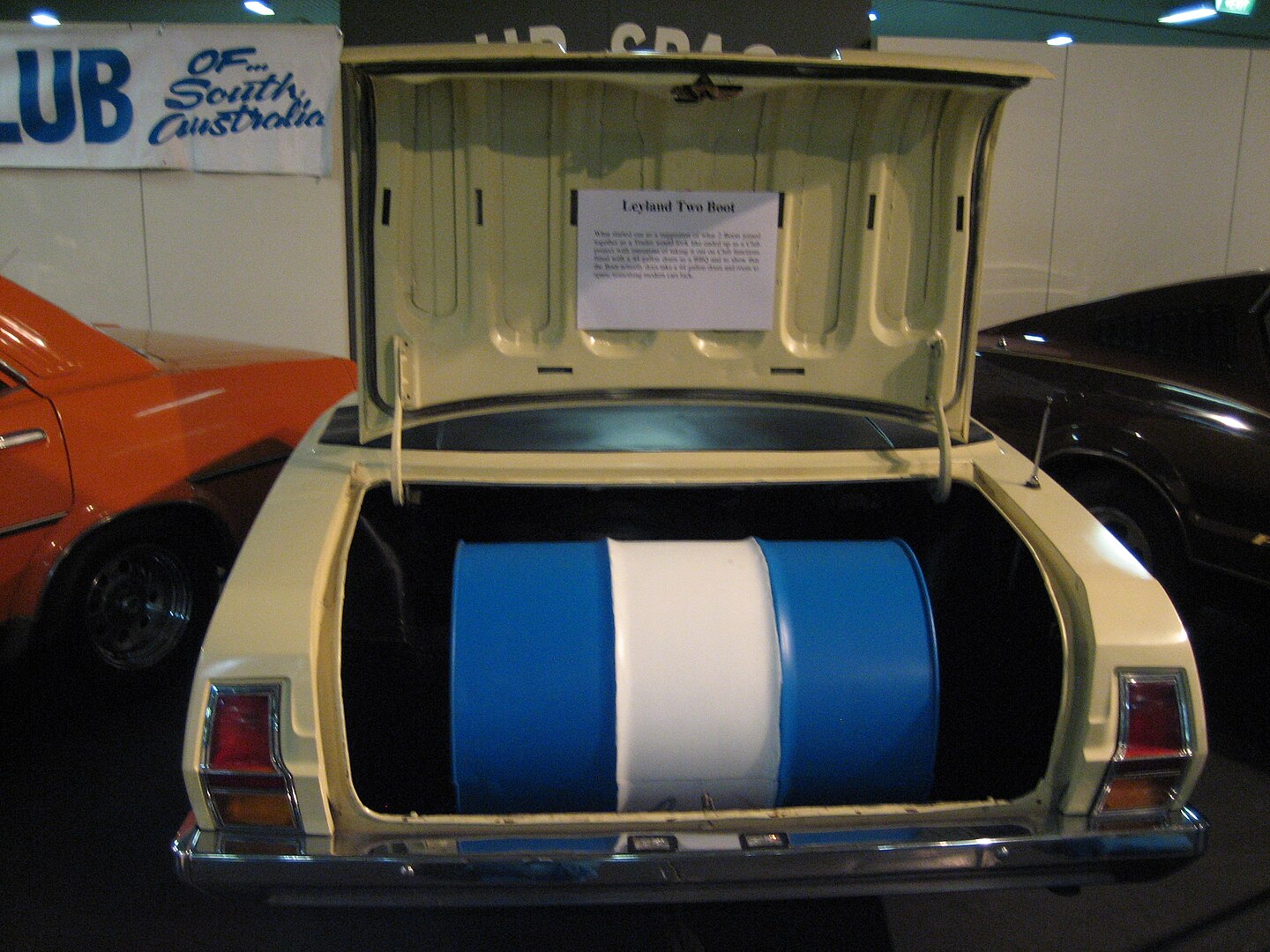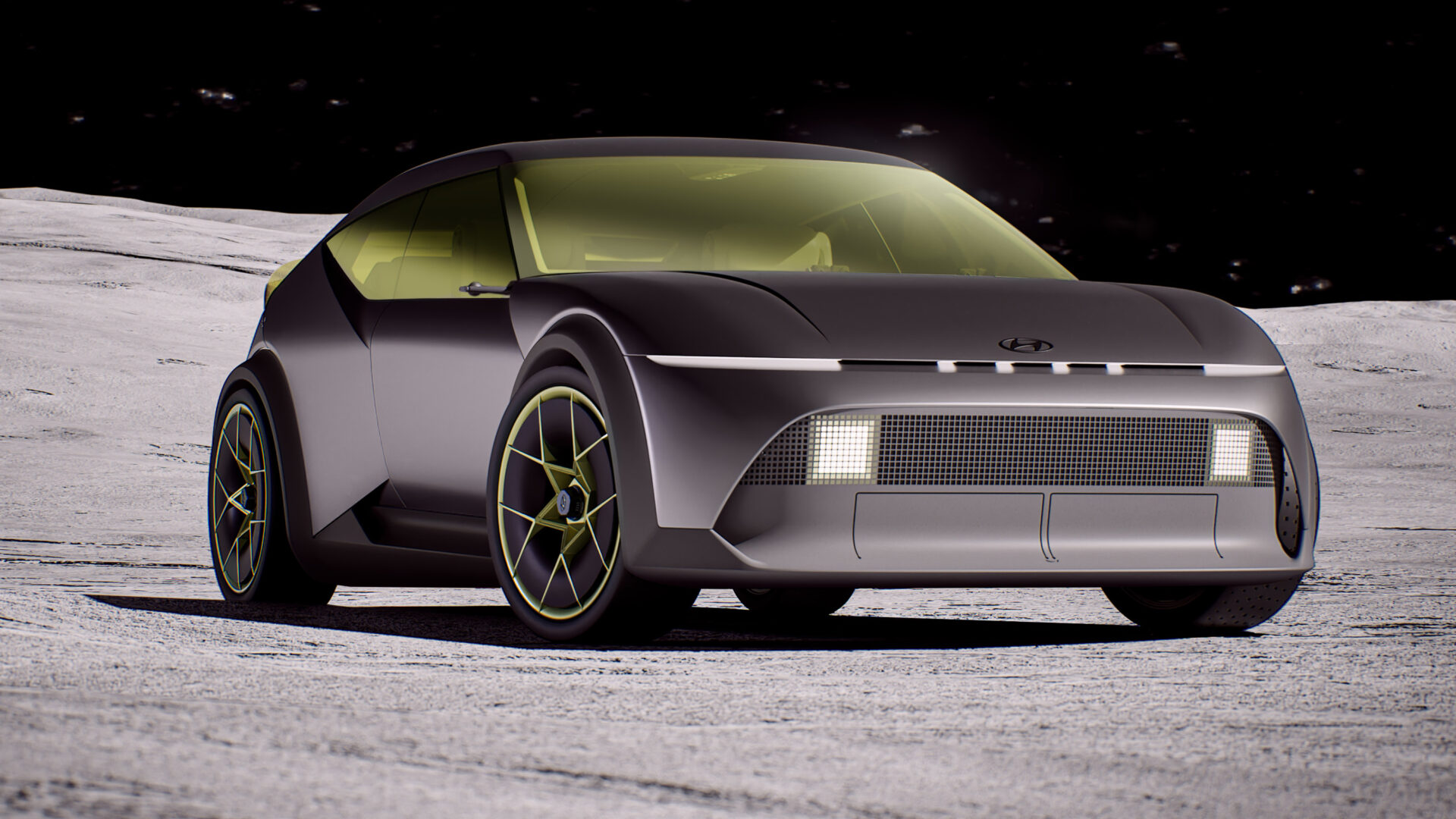
Porsche’s saviour, the Cayenne, is now in its third generation. It’s the quintessential performance SUV, with the right badge and the right price for that badge.
Times have changed. Where the Cayenne was easily king of kids a decade and a half ago, the rest of the Germans are absolutely on it. Audi, BMW, and Mercedes all have a dog in the fast SUV hunt with more on the way.
The Brits have the Range Rover and Range Rover Sport and even the Americans have the completely batty Jeep Grand Cherokee Trackhawk. The Italians are finally on stream, with Maserati and Alfa throwing twin-turbo V8 and V6s into this warzone.
Porsche has to work for its premium SUV buck. What did Zuffenhausen have to do to keep the Cayenne where it is? Funnily enough, it doesn’t look like much, but like anything new from Porsche, there’s more than meets the eye.
Look and feel
Speaking of what meets the eye, the new Cayenne is, thankfully, sleeker. A lot of people I’ve spoken to have grizzled about the new rear end, but I liked the way it links to the rest of the Porsche range.
It’s the most upright Porsche on the market, but gets away with it. My only complaint is that in this base machine, the skirts and bumpers aren’t really deep enough which reduces the car’s muscularity.
The revised cabin is much better than any previous Cayenne I’ve driven. The last one I drove was a symphony of buttons. While well laid-out and reasonably attractive, it takes a long time to learn what they all do and it was irritating.







This new car replaces many of the physical buttons – that didn’t need to be there – are gone, with black panels and soft buttons. When the car is off, it’s much cleaner and with the car on, it’s easier to learn and to my eyes, calmer. My wife disagreed, she reckons there are still too many buttons.
The dash is cool – I wasn’t sure I’d like five separate nails, but they’re easy to use and really fill the space. That does mean the steering wheel is a bit of a whopper by modern standards. The central media screen is a massive 12.3-inch screen and has a terrific-looking interface with sat nav and also has Apple CarPlay, which is nice.
I didn’t like the wheel for reasons I can’t quite articulate, so I’m happy to leave it as the vibe, which is my problem.
Nobody liked the weird starter tongue poking out of the dash. I really don’t get that thing.
Given it’s a big SUV, it’s worth telling you that it’s roomy front and back and has a huge boot. And has cupholders and stuff.
Drivetrain

Yep, this isn’t the Cayenne Turbo and the badge in the photo is missing the word Turbo. Which is odd, because this Cayenne has two huffers attached to the , spinning up 250kW (340PS) and 450Nm, which is nothing to snort about.
This engine is roughly the same as Audi’s S-model cars like the S4 – stepping up to the Cayenne S nets you the shorter-stroke 2.9 V6 of the Audi RS4/RS5 pair (as an example).
Naturally, it’s all-wheel drive and has ZF’s usually outstanding eight-speed automatic. This is the Cayenne you want if you’re planning on spending time off-road.
[table id=25 /]
- There is also a Hybrid Cayenne, but we skipped that.
Chassis

Like the Lamborghini Urus and Bentley’s Bentayga bruiser – as well as Audi’s rather more restrained Q7 – the Cayenne rides on the VW Group’s excellent MLB Evo platform.
Despite a bit of extra length, Porsche says the new car is around 65kg lighter, although that might be cold comfort when the base car is still the wrong side of two tonnes.
To help keep weight in check (!), the bonnet, tailgate, doors, roof and front wings are made of aluminium, which might explain a fair chunk of the 65kg saving.
Helping keep it off the road is Porsche’s Active Suspension Management, which is a slight over-statement – they’re active dampers. You can also spec air suspension which comes at a hefty premium and, of course, adds weight.
The Cayenne comes with Porsche’s Traction Management (PTM) system, which includes active AWD with electronically variable, map-controlled multi-plate clutch, automatic brake differential (ABD) and anti-slip regulation (ASR). That’s a lot of acronyms and nothing here is particularly amazing as far as the technology goes.
The standard 19-inch wheel ship with 255/55 up front and 275/50s out back. Despite those high aspect ratios, they look ballooney. The car we had sported a tasty set of 21s with lower-profile tyres. I reckon that’s money well-spent, the car looks silly with the base wheels.
Brakes are pretty decent, with four-pot calipers up front grabbing 350mm disks with two-pot units at the back on 330mm disks.
Driving



There’s not getting past that this is a Big Unit. Nearly five metres long and a pretty decent drop when you climb out of the car, the base Cayenne is clearly pitched at the badge-conscious, sporty SUV buyer.
It’s fast, though – around six seconds to the ton is not mucking around, the terrific V6 happily chasing the redline with every flattened throttle. You can access the speed quickly, making it brilliant both out on the freeway and in town, making small gaps easy and overtaking drama-free.
And despite being the base pack, it handles very nicely indeed. It can take a while to get comfortable throwing it around because the driving position is high and the dash design make the car feel super-wide. But the steering weight is just right as you dial up the intensity.
For such a big heavy car, the Cayenne’s turn-in is sharp and relatively free of slack – few “entry-level” SUVs, even premium-brand ones will get near the Cayenne. Throw it down a winding road and the Macan-esque agility, super-strong V6 and adaptive damping will make it very hard to catch, let alone beat.
Both co-pilot Brendan and I noticed the eight-speed ZF was very unhappy. On the downshift the car suffered from a serious jolt, completely out of character for a) the car and b) the transmission itself which is found in cars everywhere. A few phone calls later and I’m pretty confident that the problem was isolated to this car. So it can happen – if it does, your car is not right, so take it back to the dealer.
The base model Cayenne is a good deal if you’re not after that ultimate on-road edge. It’s easy to live with every day, goes like a rat up a drainpipe and I reckon just now is starting to look good. The new interior is a cracker, too and, transmission glitch aside, is a bit of a crowd-pleaser.
Here in Australia it’s more expensive than its obvious competition – that’s up to you – but for the first time I’ve felt that the bottom end of the range, even though it does cost more, is worth the Porsche tax.




Leave a Reply